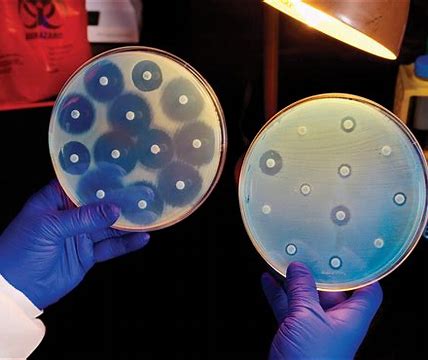One Health and Development Initiative (OHDI)
Tackling Antimicrobial Resistance: The Importance of Utilising the One Health Approach


Thandizo Kapatsa is a Laboratory Technologist at Dedza District Hospital, holding a Bachelor of Science in Medical Microbiology from the Malawi University of Science and Technology. Thandizo is keenly interested in antimicrobial resistance, especially its behavioural aspects, the complex interactions between individuals and their environments and how this relates to their overall health. With her passions rooted in AMR, Thandizo aspires to pursue further education in antimicrobial stewardship to have an in-depth understanding and build expertise that can benefit public health and create opportunities for multidisciplinary partnerships with other professionals.
| Cookie | Duration | Description |
|---|---|---|
| cookielawinfo-checkbox-analytics | 11 months | This cookie is set by GDPR Cookie Consent plugin. The cookie is used to store the user consent for the cookies in the category "Analytics". |
| cookielawinfo-checkbox-functional | 11 months | The cookie is set by GDPR cookie consent to record the user consent for the cookies in the category "Functional". |
| cookielawinfo-checkbox-necessary | 11 months | This cookie is set by GDPR Cookie Consent plugin. The cookies is used to store the user consent for the cookies in the category "Necessary". |
| cookielawinfo-checkbox-others | 11 months | This cookie is set by GDPR Cookie Consent plugin. The cookie is used to store the user consent for the cookies in the category "Other. |
| cookielawinfo-checkbox-performance | 11 months | This cookie is set by GDPR Cookie Consent plugin. The cookie is used to store the user consent for the cookies in the category "Performance". |
| viewed_cookie_policy | 11 months | The cookie is set by the GDPR Cookie Consent plugin and is used to store whether or not user has consented to the use of cookies. It does not store any personal data. |